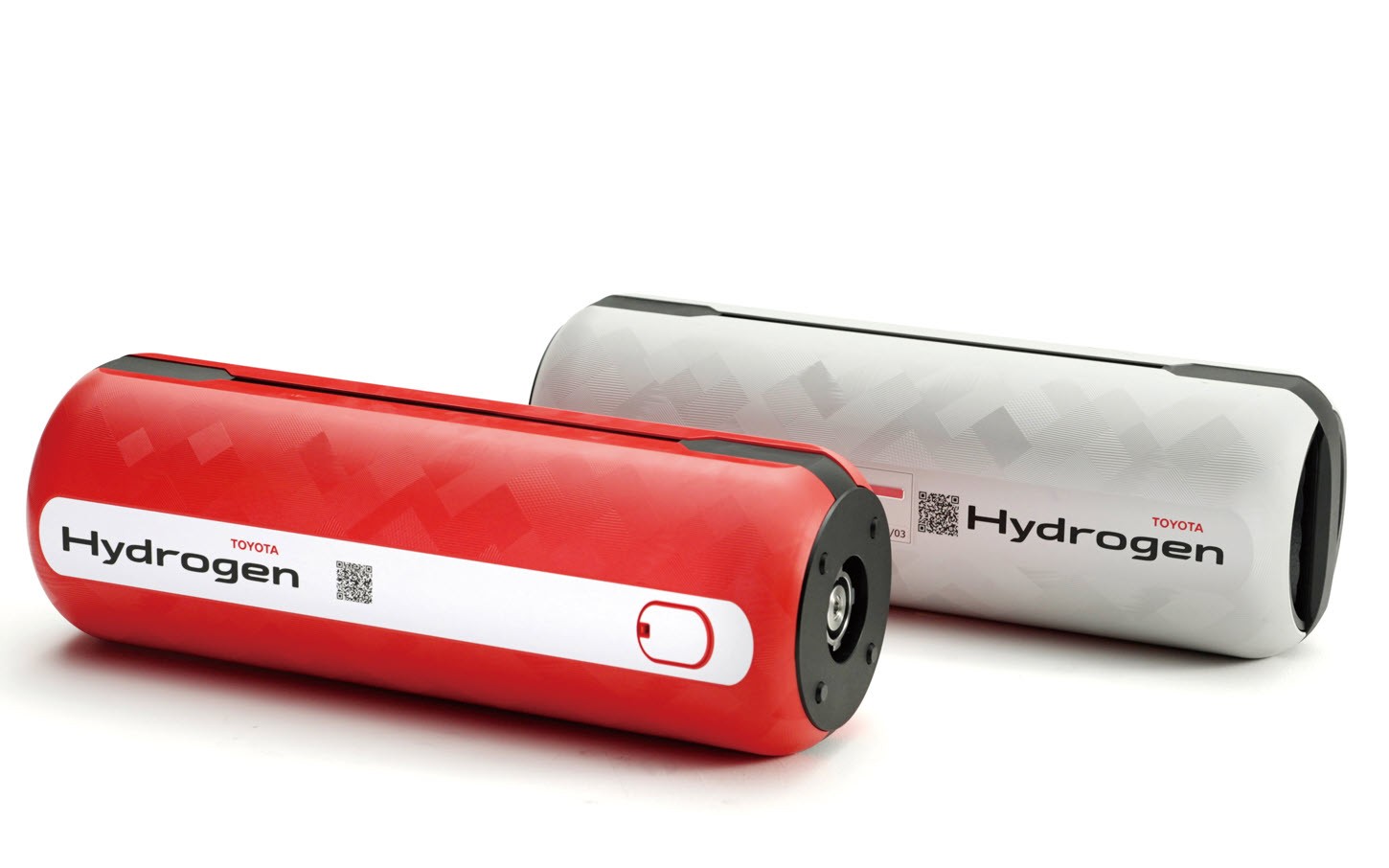
Toyota has introduced a groundbreaking solution to address the limited range of electric vehicles (EVs) - swappable hydrogen fuel cartridges. This revolutionary technology promises to offer EV drivers virtually unlimited range, potentially transforming the landscape of electric mobility.
The Japanese automotive giant's new hydrogen fuel cartridges are designed to be easily exchanged at dedicated stations, much like refilling a gas tank. This system aims to eliminate the long charging times associated with traditional battery-powered EVs and alleviate range anxiety among drivers.
Each cartridge contains compressed hydrogen, which is converted into electricity through a fuel cell to power the vehicle. When depleted, drivers can simply swap out the empty cartridge for a full one in a matter of minutes, allowing for quick and efficient "refueling" on long journeys.
Toyota's innovation addresses several key challenges faced by current EV technology:
Range limitations: With swappable cartridges, drivers can theoretically travel indefinitely without long charging stops.
Infrastructure concerns: The cartridge system requires less extensive infrastructure compared to building a network of high-power charging stations.
Battery degradation: Unlike lithium-ion batteries that degrade over time, hydrogen fuel cells maintain their performance throughout their lifespan.
Environmental impact: Hydrogen can be produced using renewable energy sources, potentially offering a cleaner alternative to battery production.
While the technology shows promise, widespread adoption will depend on factors such as the availability of hydrogen refueling stations, the cost of cartridges, and consumer acceptance. Toyota is actively working with partners to develop the necessary infrastructure and scale up production of these innovative fuel cartridges.
As the automotive industry continues to evolve towards sustainable transport solutions, Toyota's swappable hydrogen fuel cartridges represent a bold step forward in addressing the limitations of current EV technology. This development could pave the way for a new era of clean, long-range electric mobility.